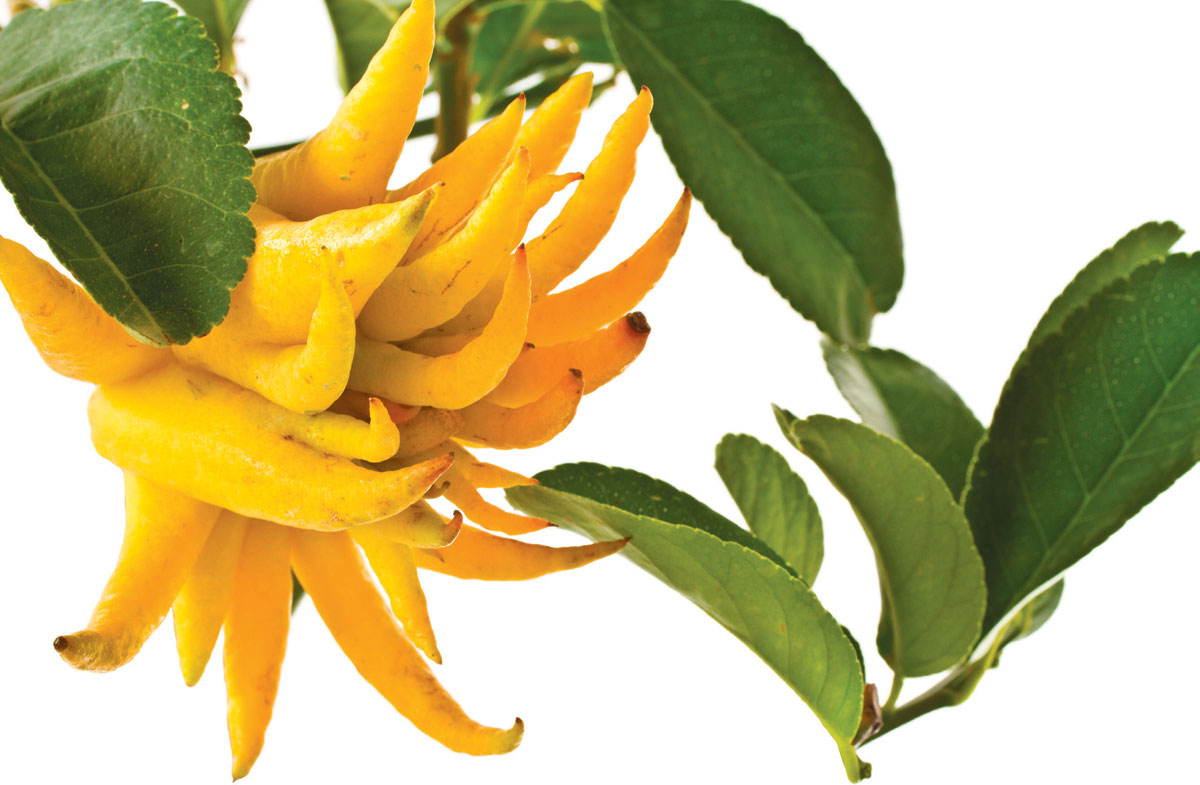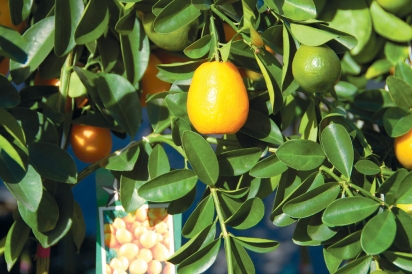Winter Gardening in Houston - Citrus Rules
Citrus loves the Gulf Coast winter climate
It really is hard to beat the clear, crisp weather in Houston through the winter months and into early spring. This unique climate of the Gulf Coast allows us to grow a wide variety of herbs, vegetables and fruits like citrus in winter.
One of the most interesting characteristics of the Citrus genus is the incredible diversity of species and hybrids. Our uses for these evergreen subtropical understory trees vary almost as much as their genetics. While most are familiar with the mandarin-type oranges that we eat out of hand, there are many other citrus with longstanding uses that aren’t as well known. The Buddha’s Hand citron, for instance, has a wonderful zest for cooking and drinks (and can be candied as well) but is best known for use as a perfume fruit. For over a thousand years this wild and creepy-looking fruit has been used to perfume homes in India and Southeast Asia.
Some citrus are prized for their juice, like the tiny and sour orange known as the calamondin. Few have the dental fortitude to handle the out-of-hand consumption of calamondin, but chefs love them for their blend of acid and traditional orange flavor. Frozen and quartered, use calamondin as “tangy ice cubes” in your water or tea.
When choosing citrus trees for your garden, the following questions can help:
How important is seedlessness?
Many of the best varieties in our area do have a significant number of seeds. While some (such as many kumquats) have edible seeds, others are not so.
What size of tree are you looking for?
Most citrus appropriate for our area are grafted trees. It means a desirable citrus plant has been grafted onto the roots of an inedible citrus whose roots tolerate our temperatures and soils. Look for the rootstock Trifoliate Orange (Poncirus trifoliata) if you want a tree that will grow approximately 12–15 feet. Choose Flying Dragon (dwarf Poncirus trifoliata) if you need your tree to stay in the 7–10 foot range. If the rootstock of the plant isn’t marked, ask an employee if they know. If none of the employees at the garden center even know what you’re talking about, find a new garden center!
Which fruit do you want (and when)?
There are so many types and varieties to choose from that it can become overwhelming. If you have room for three trees (and most landscapes do), a good place to start is to try a lemon, a mandarin and either a kumquat or grapefruit (depending on the space available and your taste). It is important to note that some citrus are at their peak flavor while the rind is still partially green. Try a fruit as soon as the rind shows a good bit of yellow. If the fruit is too sour, continue to try them weekly until they reach your ideal flavor.
How willing are you to protect the tree in winter?
While any citrus should receive protection in its first winter or below temperatures of 26°, some can handle much more cold than others. Most mandarins for our area can handle into the high 20s. Satsumas can handle down into the teens, as can kumquats and calamondins. Pummelo and citron are often much less cold tolerant. To protect your plants, tent a light blanket over the tree and place gallon jugs of water around the trunk to protect it from hard freezes.
Planting
Plant health starts with healthy soil, so you’ll need to take as much care in preparing the planting location as you did in selecting your trees.
Choose a location that receives at least four hours of direct sunlight every day and drains freely and quickly after a rain. Dig a hole twice the size of the root ball and mix a bag of high-quality compost and an organic fertilizer/inoculant into the soil. Plant the tree with ¼ of the root ball above the original ground level and mound the soil up to it. Cover the planting area with mulch that has not been dyed and keep it weed free as the tree establishes.
If you do your homework and plant 4-6 carefully selected varieties you’ll be enjoying your sweet and sour winter backyard bounty from October through February!






